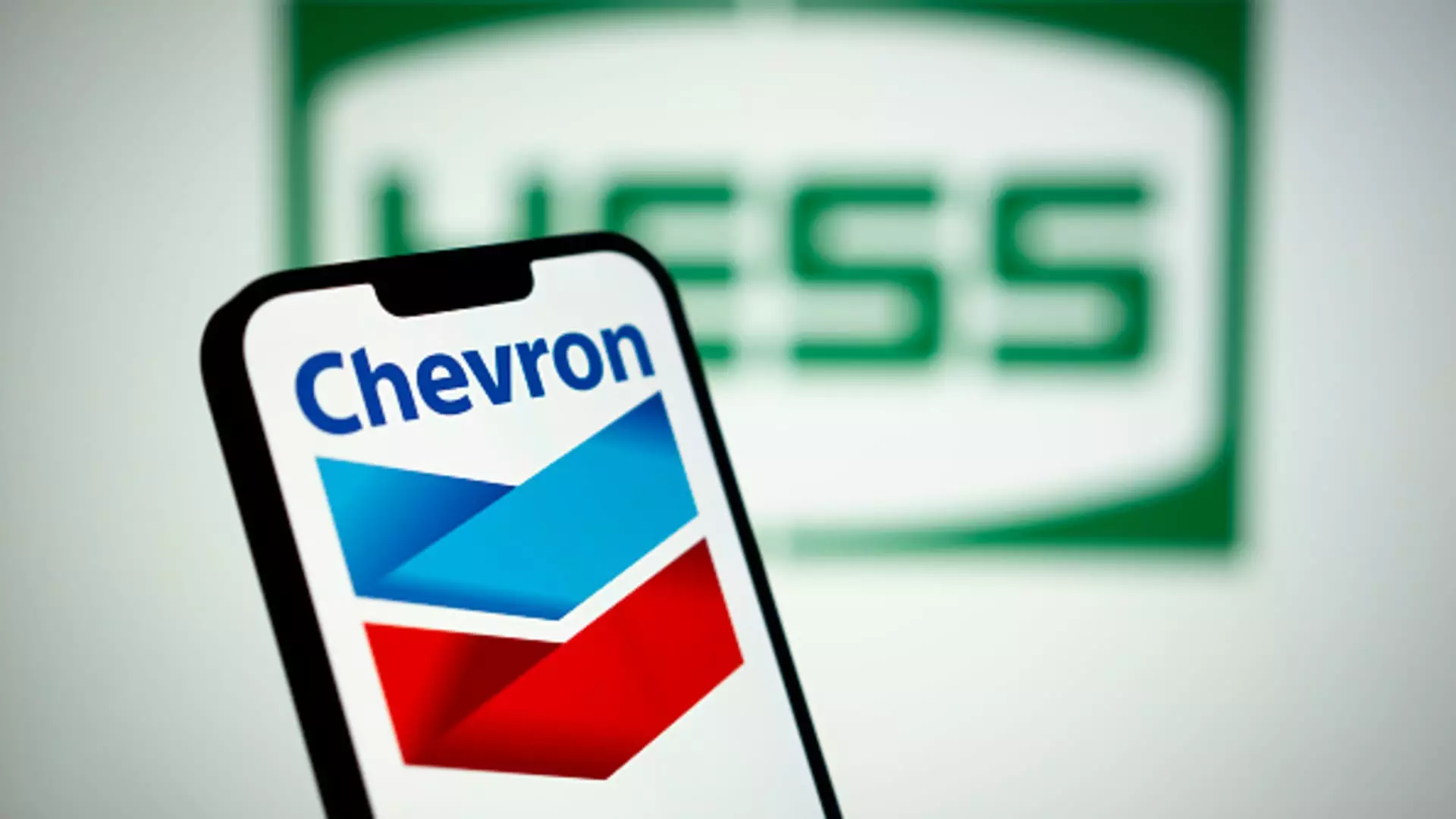Chevron’s recent earnings report for the third quarter showcases the juxtaposition of strong cash returns to shareholders against a backdrop of declining profits. While the energy giant exceeded analysts’ predictions—reporting earnings per share of $2.51 compared to an expected $2.43—its net income reflected a significant contraction, plummeting by 31% to $4.49 billion, down from $6.53 billion a year prior. This underscores a pressing concern for the company as it grapples with declining refined product margins, lower oil prices, and an unfavorable tax environment that hindered profitability.
In light of these challenges, Chevron is embarking on a strategic realignment of its assets and operations. The company is actively pursuing divestitures in countries including Canada, Congo, and Alaska, with expected completions by the end of 2024. This move is aimed at streamlining operations and reallocating resources more effectively. In addition, Chevron has set an ambitious target for cost reductions, aiming to save between $2 billion to $3 billion from 2024 to 2026. These initiatives reflect Chevron’s proactive response to market volatility and a clear intent to enhance operational efficiency.
Notably, Chevron returned a record $7.7 billion to shareholders in the recent quarter, signifying its commitment to providing value even amidst operational challenges. The record includes $4.7 billion allocated for share buybacks and $2.9 billion in dividends. The determination to maintain shareholder returns illustrates Chevron’s dedication to investor confidence, though it raises questions about the sustainability of such returns in perpetually fluctuating market dynamics.
Despite these hurdles, Chevron achieved a noteworthy production output of 3.36 million oil-equivalent barrels per day, marking a 7% increase compared to the previous year. This growth is largely attributed to records set in the Permian Basin, a key area in Chevron’s operations. However, while the operational gains signal resilience, the flat performance of Chevron’s stock compared to the broader S&P 500 energy sector— which saw a surge exceeding 6%—points to potential concerns about the market’s perception of the company’s long-term strategic positioning.
Further complicating Chevron’s landscape is the pending $53 billion acquisition of Hess Corporation, which has recently faced scrutiny and regulatory challenges. Although the Federal Trade Commission has cleared the deal, it has introduced restrictions that could hamper Chevron’s operational dynamics, including the prohibition of John Hess from entering its board. Additionally, a dispute with Exxon Mobil over Hess’s assets in Guyana looms large, with a pending arbitration that could derail the acquisition.
Chevron stands at a crossroads as it navigates market uncertainties while striving to enhance shareholder value through strategic streamlining and cost management. The contrasting elements of record cash returns and declining profitability highlight the complexities faced by major players in the energy sector today.

